SUMMARY
This is AI generated summarization, which may have errors. For context, always refer to the full article.
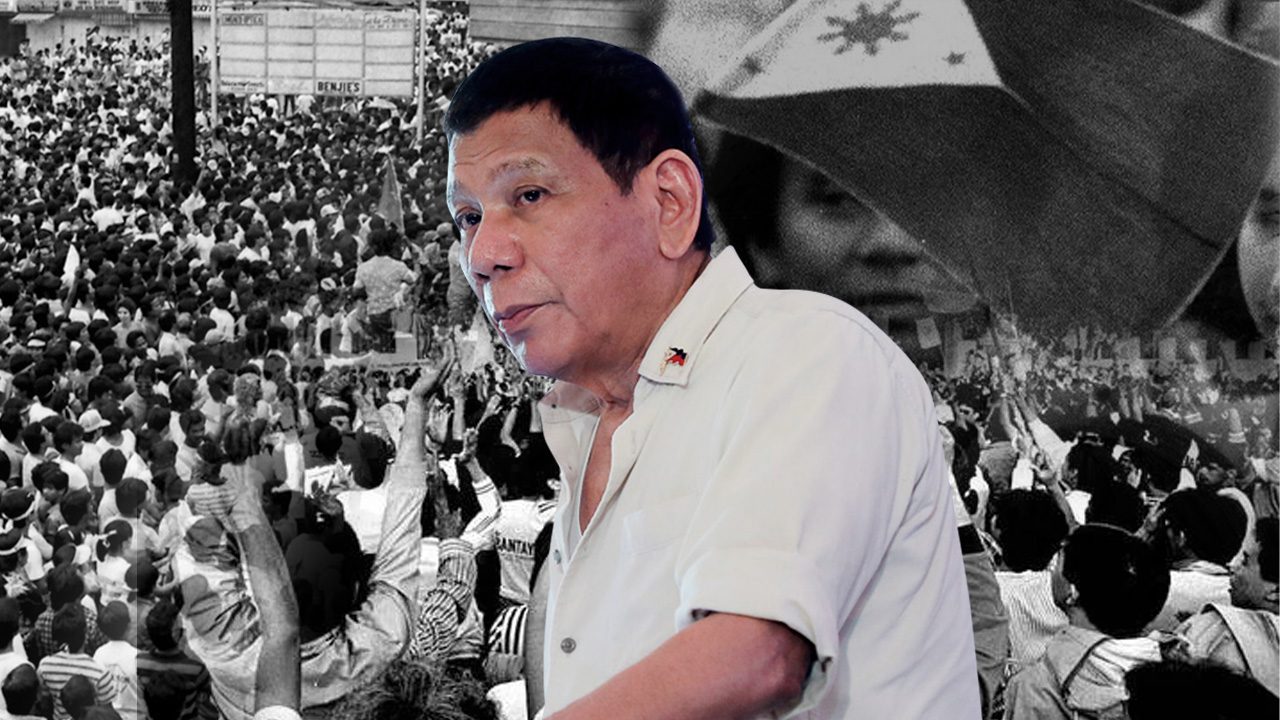
BUKIDNON, Philippines – President Rodrigo Duterte owes his political career to Davao City’s anti-Marcos movement in the ’80s, a former youth activist said.
Mae Flor Templa, a former undersecretary of the Department of Social Welfare and Development (DSWD) under the Duterte administration, said the President started his career in politics as officer-in-charge of the Davao vice mayor’s office after the 1986 EDSA People Power Revolution.
The position was first offered to Duterte’s late mother Soledad, a leader of the anti-Marcos Yellow Friday Movement in Davao that was organized after the assassination of former senator Benigno “Ninoy” Aquino Jr. on August 21, 1983. Soledad begged off but asked that her son be appointed as OIC vice mayor instead, launching a successful political career that has spanned for more than three decades.
Templa said Soledad was a key Davao City figure in the struggle to end the Marcos dictatorship and restore democracy in the country.
“His mother was offered to be the OIC vice mayor under Cory (Aquino), but she offered it to her son instead. So, without the people’s movement, [there will be] no Digong (Duterte),” Templa told Rappler.
‘Parades of caskets’
Templa was one of the pioneers of student, teacher, and women engagement work in Davao during those challenging times when state forces were unfriendly to legitimate formations of people seeking reforms.
She was one of those who took part in Davao’s youth and student movement that called for the restoration of student councils and campus publications and staged protests against rising tuition from 1977 to 1980.
After graduation, she joined the teachers’ movement for social transformation while she worked in a university as a social work educator.
Templa said the growth of a mass movement to resist the martial law atrocities in Mindanao emboldened many to take to the streets of Davao in the ’80s.
She said the killings of people, including church workers, who chose to resist the Marcos dictatorship also helped in amplifying calls for justice and democracy by civil society organizations in the city.
That made Davao a center for strategic action against the dictatorship in Mindanao, according to Templa.
Templa recalled the long “parades of caskets” in Davao that brought to public view the gross human rights violations committed during the Marcos years.
“These were long marches from the churches to the funeral sites,” she said.
Sparks
The book O Susana! Untold Stories of Martial Law in Davao – a collection of narratives edited by historian and Palanca awardee Macario Tiu – recounts a bombing at the Bankerohan market in 1978 that killed Karen Guantero and injured several others.
It was the seventh bombing in Mindanao that was traced to the military during the martial law years, according to the book.
The death of Guantero, who worked at the Jesuit-run Mindanao Development Center (MDC), resulted in the first city-wide protest against the Marcos dictatorship in Davao since the 1972 imposition of martial law.
Various groups took part in Guantero’s funeral procession cum protest from the Ateneo de Davao College chapel to the San Pedro Cathedral, bringing with them placards with “Justice for Karen, Justice for All” and similar slogans.
The book recounts that people who saw the funeral march paused for reverent silence while shocked at seeing many protesters defying the martial law order that prohibited protests.
As the funeral march neared the cathedral, an armored personnel carrier (APC), flanked by Constabulary soldiers in full battle gear, blocked the people. The soldiers, however, left following negotiations initiated by Jesuit priest Ben Montecastro.
In 1984, the shooting death of Davao-based activist and journalist Alexander Orcullo compounded the increasing momentum of the people’s movement.
Orcullo was a prominent human rights advocate, community organizer, and his writings caught the ire of the powerful.
He was shot dead in front of his wife and two-year-old son in Davao City on his 38th birthday on October 19, 1986, sparking more protests in Davao.
Not just in EDSA
Maria Victoria “Mags” Maglana, a non-governmental organization worker now running for the congressional post in Davao City’s 1st District against Duterte’s reelectionist son Paolo, recalled growing up in Davao Oriental afraid of strafings that, at one point, were rampant in the province in the mid-’70s.
“It was only much later that I understood that those were years under Marcosian Martial Law,” Maglana said.
In 1985, Maglana said she became involved in the anti-Marcos movement after she understood that the regime was actively going against the interests of citizens.
In the days leading to the 1986 People Power Revolution, some 20,000 people flocked to the Jones Circle in Davao City, Templa recalled.
As the nation marks the 36th year of the People Power Revolution and the 50th year of the Marcos Martial Law on Friday, February 25, Maglana said she hoped that more people would understand what the revolt was all about.
She said, “Perhaps historical revisionists and enablers of the Marcoses would have a more difficult time… if more people understood that the revolution happened not just in February 1986 and not just in EDSA.”
Maglana said, “It is an opportunity to connect to what we, Filipinos, value… They are about the present and our future.” – Rappler.com
Grace Cantal-Albasin is a Mindanao-based journalist and an awardee of the Aries Rufo Journalism Fellowship
Add a comment
How does this make you feel?
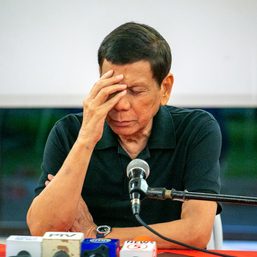



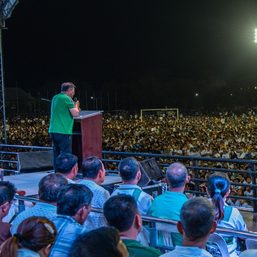
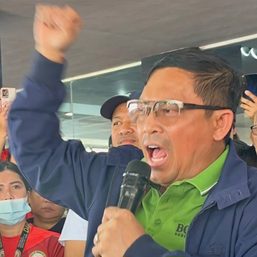


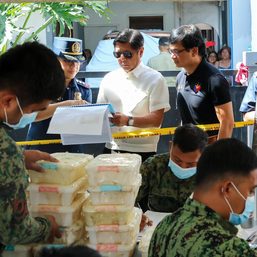
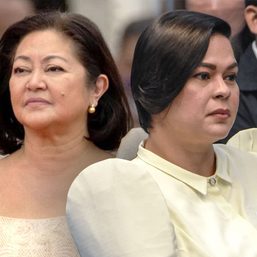
![[OPINION] ‘Some people need killing’](https://www.rappler.com/tachyon/2024/04/tl-some-people-need-killing-04172024.jpg?resize=257%2C257&crop_strategy=attention)
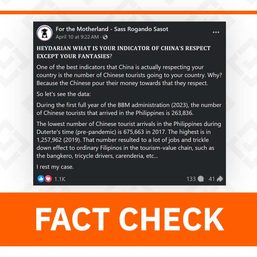
There are no comments yet. Add your comment to start the conversation.